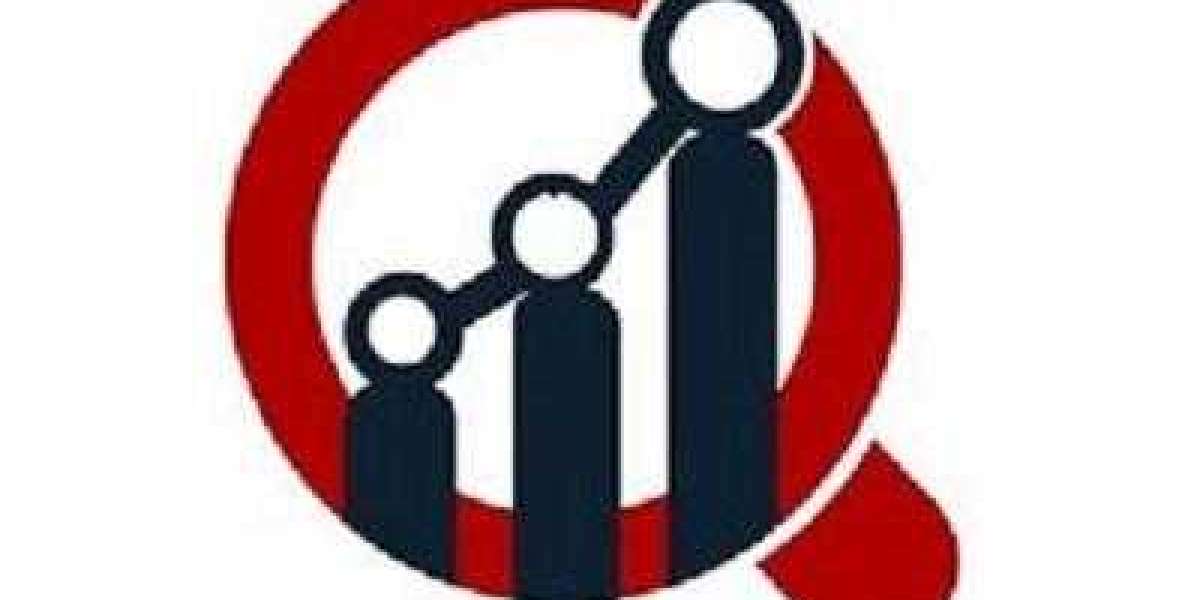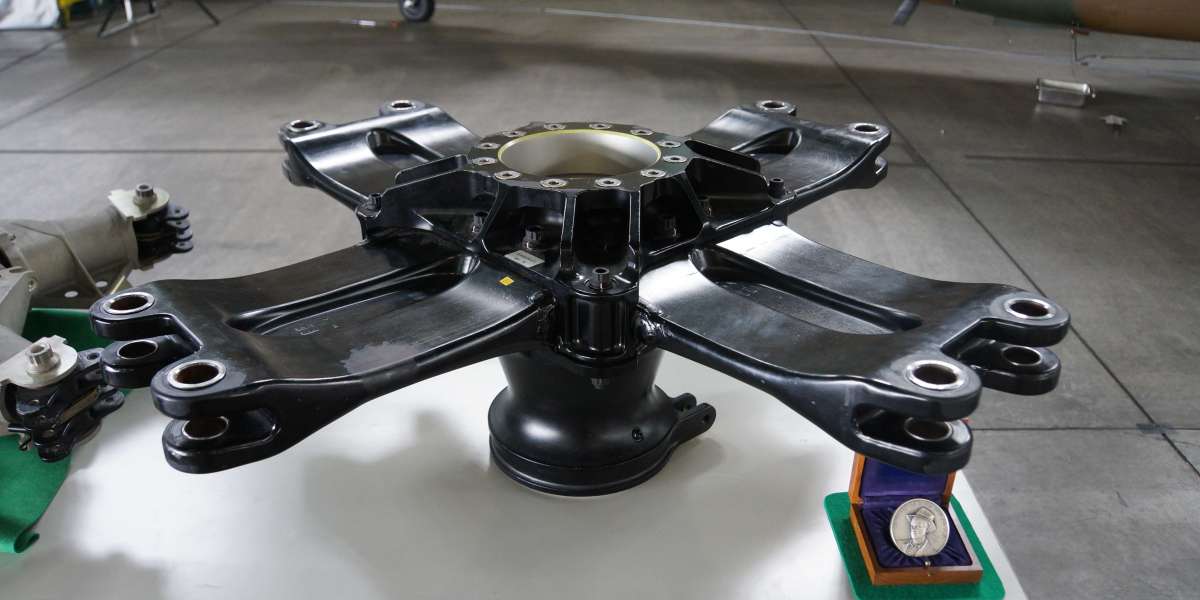Connected Mobility Solutions
Connected Mobility Solutions encompass a range of services and technologies that facilitate seamless, efficient, and safe transportation, integrating vehicles, infrastructure, and users through connectivity platforms.
The Role of Motorcycles in the MaaS Ecosystem
The ultimate goal of connected mobility is Mobility as a Service (MaaS), where a user can plan, book, and pay for a multi-modal journey through a single app. Connected two-wheelers are a perfect fit for this ecosystem in several key ways:
Shared Micro-Mobility: App-based rental services from companies like Yulu, Bounce, and others are a cornerstone of MaaS. These services are entirely dependent on connected technology (IoT and GPS) to function. They are the ideal solution for the "first-and-last-mile" problem—the short but critical journey from a metro station or bus stop to your final destination. In a city like Pune, with its expanding metro network, these connected scooters act as a vital feeder system, making the entire public transport network more accessible and useful.
Bike Taxis: In India, bike taxis (like those offered by Rapido) are a hugely popular connected mobility solution. They offer a fast, affordable, on-demand way to navigate through traffic for a solo passenger, serving a need that cannot be met as efficiently by a four-wheeled cab.
Delivery and Logistics: The backbone of the modern "quick commerce" and food delivery economy (e.g., Zomato, Swiggy, Blinkit) is a massive fleet of connected two-wheelers. The telematics systems on these vehicles allow for the real-time tracking, efficient dispatching, and route optimisation that are essential for the logistics of on-demand delivery.
V2X: Making the Two-Wheeler a Safer Citizen
A key part of making this integrated system work safely is V2X (Vehicle-to-Everything) communication. As this technology becomes more widespread, a connected motorcycle will be able to communicate its presence to connected cars, buses, and even traffic signals. This will give riders an unprecedented level of awareness, warning them of a car in their blind spot or a vehicle about to run a red light. This makes the vulnerable two-wheeler a much safer and more integrated part of the overall traffic flow.
Frequently Asked Questions (FAQ)
Q1: What are "connected mobility solutions"? A1: The term refers to the entire ecosystem of shared, connected, and on-demand transport services available in a city, including public transport, ride-hailing, car-sharing, and, crucially, bike and scooter rentals.
Q2: What is MaaS? A2: MaaS stands for Mobility as a Service. It's the integration of all these different transport options into a single digital platform or app, allowing users to plan and pay for their complete multi-part journey in one place.
Q3: How do delivery services use connected technology? A3: They use telematics (GPS tracking) on their fleet of two-wheelers. This allows the company to see where every delivery rider is in real-time, assign the closest rider to a new order, and provide the customer with an accurate estimated time of arrival.
More Related Report
Automotive Regenerative Braking System Market Size






